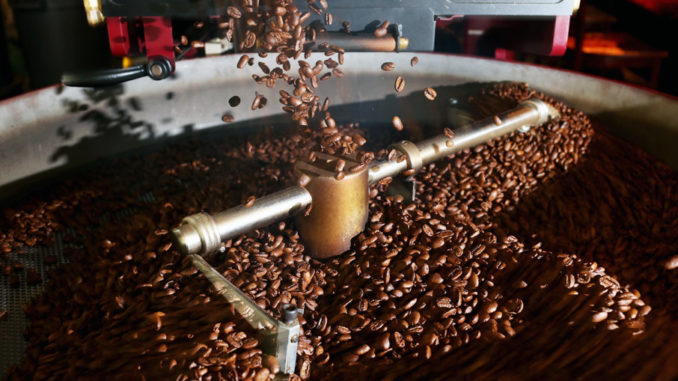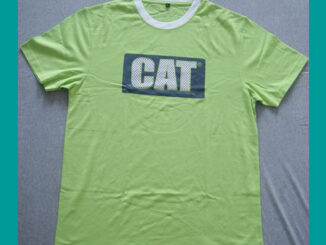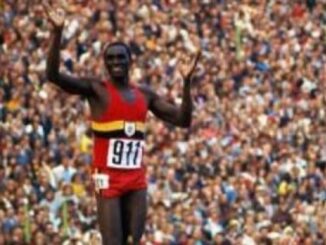
Introduction
The capacity crowd of 34000 (two-day total was 52000) at Duke University’s Wallace Wade Stadium in Durham in North Carolina, attending the USA-Pan Africa track-and-field meet (sometmes refererred to as USA versus the World meet), was then the largest ever to attend a track meet in the United States’ South (southeastern) region. The July 16-17, 1971 meet was the area’s first international competition. A unified African team together with other nations (14 nations altogether) versus a USA team was a unique and unprecedented event. The onlookers became the largest and most jubilant track audience in 1971. The selected 38 African athletes included Olympic legends Charles Asati, Mohamed Gamoudi, Kipchoge Keino, and Amos Biwott.
John Akii-Bua
In the 400 meters-hurdles, the results were: John Akii-Bua, Uganda (49.0); Melvin Bassett, a local resident of Durham (50.7); William Koskei, Kenya (51.2); Ron Rondeau, Miami, FL (52.9).
William “Bill” Koskei who as an immigrant had previously competed for Uganda and had in the intermediate hurdles won the silver medal for Uganda at the 1970 Commonwealth Games held in Edinburgh, returned to Kenya soon after Idi Amin’s tumultuous January 1971 coup d’etat. An injured Akii-Bua who had finished fourth at the same Commonwealth venue, now in Durham proved to be Africa’s top 400mh athlete. Akii-Bua in slicing a full second off the Africa record, and establishing a world-leading time of the year, had also astoundingly beaten the runner up Rondeau by nearly two seconds! And all this in high summer temperatures (upper 80’s to lower 90’s Fahrenheit), high humidity, and on a recently resurfaced track. After African’s had won five track gold medals at the 1968 Olympic Games in Mexico, rumors and suspicions had surfaced that Africans were advantaged by the high-altitude conditions that they were supposedly accustomed to. But the Durham meet of a low-altitude environment proved that weather conditions were not major factors in African athletes triumphing against those of other nations.
Eventually, 20 year-old up-and-coming John Akii-Bua of Uganda became the only African to establish a significant record at the meet and after the 400 meters-hurdles victory he even considered enrolling at North Carolina Central University where he would perhaps work with renowned black American athletics coach Leroy T.Walker and also further his athletics ambitions at Wallace Wade Stadium. Akii was an anomaly in that he was a short-distance runner among the overwhelmingly middle- and long distance-running African athletes at the meet. He gained the recognition.
“Akii-Buwa [sic], a policeman from Uganda, set an African record of 49.0 in winning the second gold medal for the African men. His time was also the world’s best mark this year, and after watching his flawless hurdling form, American and African track officials predicted he will be a strong contender for a gold medal in Munich next year” (Associated Press: 1971).
But such heartening comments regarding Akii-Bua’s victory in this technical event that was rarely associated with Africans on the international scale were rare, and the media mainly concentrated on Africa’s prowess in the middle and long distances. The turning a blind eye to and the making of Akii-Bua’s performance seem less significant was the notable absence from the competition of the American champion Ralph Mann (another Olympic medal prospect) who would have ably challenged Akii-Bua. Mann was competing in Europe.
Kipchoge Keino and Other Results
Media accolades overlooked Akii-Bua, heaping praises on Kenyan victors and legends Kipchoge Keino, Robert Ouko, and Ben Jipcho; and on Ethiopian long-distance runner Miruts Yifter who had won in the 10000m, but had dropped out of the 5000m at the end of the penultimate lap while leading, in thinking that it was the last lap. The 10000m witessed diminutive 5’2″ Yifter finishing in 28:53.1, followed by Frank Shorter (28:53.9) of Florida Track Club, third was Gary Bjorklund (30:05.3) of Minnesota, and fourth was Ethiopia’s Wahib Nasrech (30:34.3).
In the 1500m, Kenya’s Kipchoge Keino, attempting to crush the world record (with the help of 800m Kenyan runner Naftali Bon running as a driving rabbit), moved nearly a quarter of a lap away from the top challenging pursuers, winning in 3:37.5, ahead of runner up and fellow countryman Benjamin Wabura Jipcho (3:43.9) who had won the 3000 meters-steeplechase just an hour earlier! Third in the 1500m was US Army’s Jim Crawford (3:48.0), fourth was John Baker (3:55.2) of Sports International. Africa’s 3000m steeplechase record holder Jipcho had won in 8:45.2, twenty meters ahead of Oregon Track Club’s Mike Manley (8:48.3), Sid Sink (9:00.2) of Ohio placed third, and Muhammad Yohanes (9:06.2) of Ethiopia.
In the 800m, Kenya’s Robert Ouko won in 1:46.7, a meter ahead of Juris Luzins of US Marines; with Ken Swenson (USA record holder) of the US Army placed third. Ouko would enroll in North Carolina Central University, he would be coached by legendary African American Leroy T.Walker who became the first black to coach a United States men’s Olympic track team and to serve as president of the United States Olympic Committee. Walker died in Durham, in April 2012, aged 93. At the 1972 Olympic Games, Robert Ouko would be fourth in the 800m and be part of the 4x400m Kenya Olympic gold medal winning team. Julius Sang, also part of Kenya’s gold-winning team was also enrolled at NCCU alongside Ouko
Some other notable winners at the meet included USA’s John Smith (Southern California Striders) who trimphed in both the 200m (20.7) and 400m (45.7); Rayleane Boyle (23.1) of Australia in the 200m ahead of runner-up and African legend Alice Annum (23.2) of Ghana.
Overall, the USA men’s team beat the visiting teams by 111-78, and the USA women overwhelmingly won easily.
Works Cited
Associated Press. “Pan African Games Close,” in “The Robesonian” (July 18, 1971).
Proudly WWW.PONIREVO.COM



